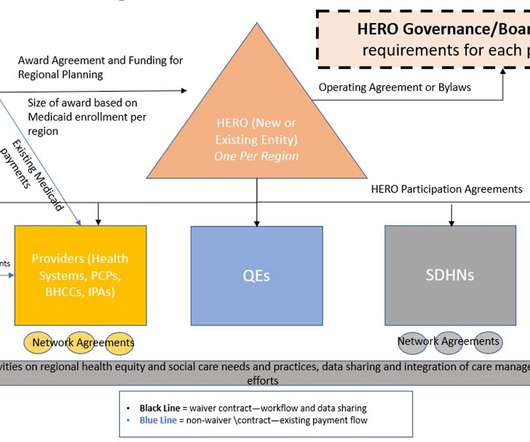Micky Tripathi’s glass-half-full view of EHR interoperability – Harlow on Healthcare
Health Blawg
AUGUST 20, 2018
He notes that we’re really just getting started: When the Recovery Act was enacted in 2009, the EHR adoption rate nationally was about 10%, and that rate got up over 50% in 2013. Since we couldn’t expect interoperability before a critical mass of providers were using EHRs, 2014-15 was the timeframe for starting to think about it.

























Let's personalize your content